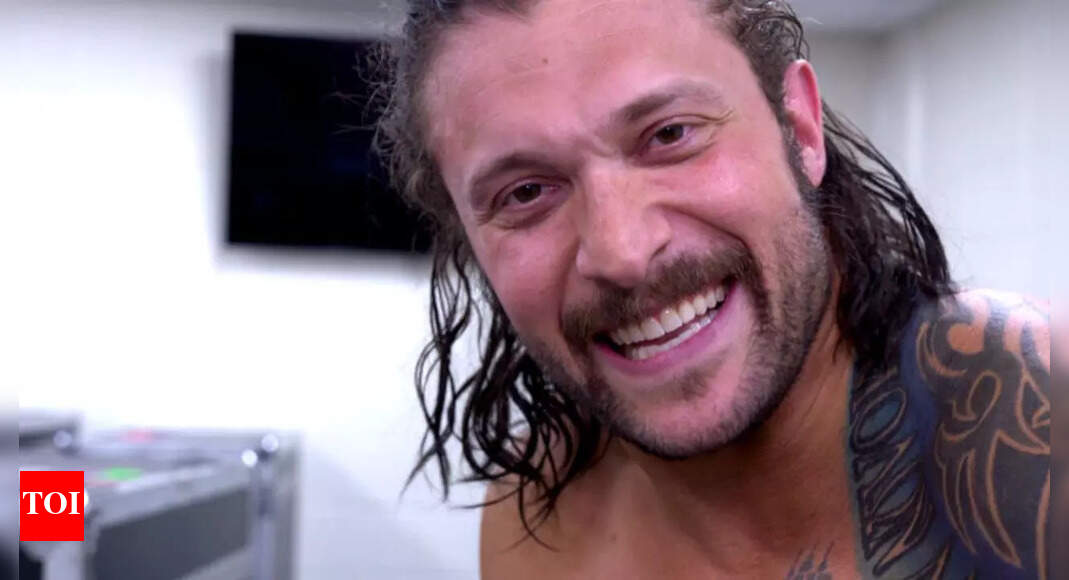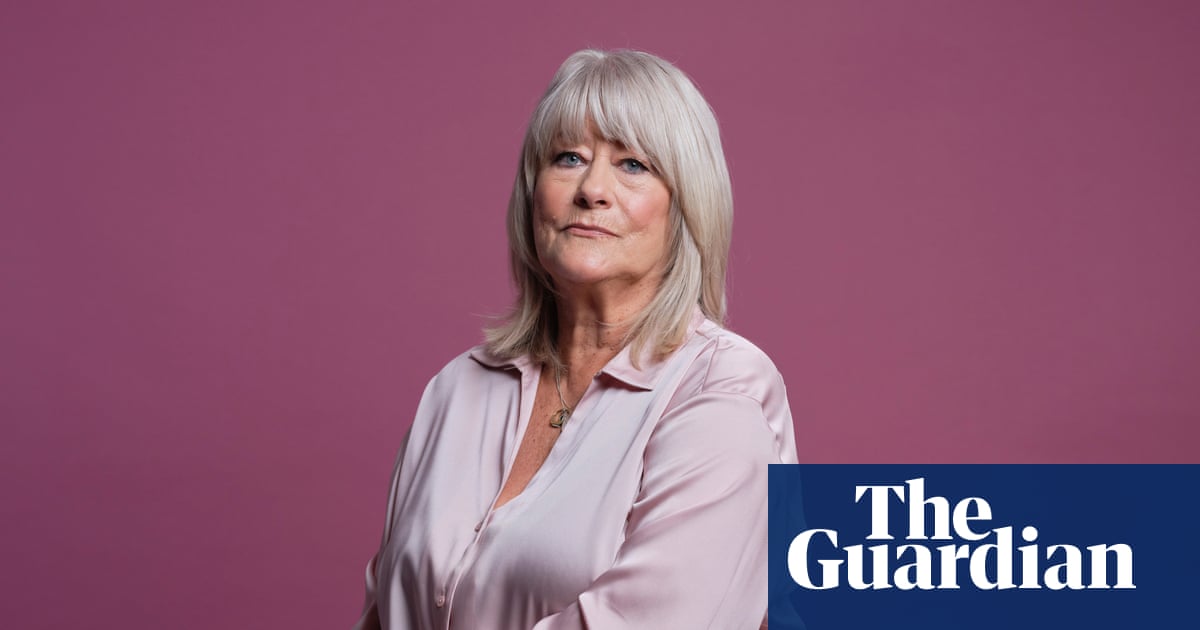Introduction
Acute pancreatitis (AP) is one of the most common diseases of the gastrointestinal tract with escalating incidence rates, currently affecting 3.4 to 73.4 cases per 100,000 worldwide.1 Approximately 20–30% of AP cases progress to…

Acute pancreatitis (AP) is one of the most common diseases of the gastrointestinal tract with escalating incidence rates, currently affecting 3.4 to 73.4 cases per 100,000 worldwide.1 Approximately 20–30% of AP cases progress to…

TOKYO — TOKYO (AP) — President Donald Trump arrives Monday in Japan where new Prime Minister Sanae Takaichi is banking on building a friendly personal relationship with the U.S. leader to ease trade tensions.
One key to this strategy might lie…


HELSINKI — Australian company HEO has imaged and modeled a mystery Chinese satellite prior to its reentry into Earth’s atmosphere, revealing previously unknown details about the spacecraft.
Xinjishu Yanzheng-7 (XJY-7), a remote…
CHICAGO (October 27, 2025) – Hyatt Hotels Corporation (NYSE: H) today announced that a Hyatt affiliate has entered into a management agreement with an affiliate of Takenaka Corporation for the first Hyatt hotel in western Japan’s Chūgoku region. Andaz Hiroshima will be located in the heart of Hiroshima and is expected to open in 2027.
Andaz Hiroshima will occupy the 21st to 31st floors of a new mixed-use high-rise, the centerpiece of a major public-private urban redevelopment project in central Hiroshima. The hotel will offer 235 guest rooms and suites inspired by Hiroshima’s cultural legacy. It will also reflect the story of the site, which once connected Hiroshima Castle with its surrounding town and continues to serve as a vibrant city center. Onsite amenities will include restaurants, a rooftop bar and restaurant with sweeping views, a fitness center with an indoor pool, and versatile banquet and event spaces.
Hiroshima, known worldwide as the City of Peace, is home to the Atomic Bomb Dome and Peace Memorial Park, both listed as UNESCO World Heritage Sites. Just offshore lies Itsukushima Shrine on Miyajima Island, another UNESCO site and one of Japan’s scenic treasures, where an iconic vermilion gate appears to float on the sea at high tide. Island hopping is possible via a scenic cycling route from Kure in Hiroshima Prefecture to Okamura Island in Ehime Prefecture, crossing seven islands via seven bridges.
With its combination of craft heritage and ultramodern design, Hiroshima has come to the fore as a creative hub in the Chūgoku region. It’s home to a thriving community of designers, artists, chefs, musicians and craftspeople committed to sharing the City of Peace with global audiences. From the Hiroshima City Museum of Contemporary Art to galleries and music venues, the city draws creative minds to its singular creative ecosystem—bridging the past and the future.
Blending history, culture, cuisine and a modern cityscape, Hiroshima has become an increasingly popular destination for international travelers year-round. Hiroshima is well connected by Japan’s high-speed rail network, with Shinkansen direct service from Osaka in about 90 minutes and from Tokyo in about four hours. The city is also served by Hiroshima Airport, making it easily accessible for international and domestic travelers alike.
Andaz, a brand within Hyatt’s newly formed Lifestyle Group, takes its name from the Hindi word for “personal style.” By incorporating local culture and traditions into its design and service, the Andaz brand provides guests with experiences that are drawn from each destination’s unique character. Located within an ultra-modern new building, Andaz Hiroshima will provide highly personalized experiences in a modern, globally connected setting.
“Andaz Hiroshima will create a new pathway to explore Hiroshima’s culture,” said Amar Lalvani, President & Creative Director of The Lifestyle Group, Hyatt. “From music to makers, the local creative scene is thriving. Our guests will have an inside view of who and what are shaping this profound city’s future.”
“We are delighted to bring the Andaz brand to Hiroshima, one of Japan’s most innovative cities,” said Masato Sasaki, President of Takenaka Corporation. “Hyatt has been an excellent collaborator for us on multiple high-profile projects, including properties in Kyoto and New York, and we are excited to work with them again on this exceptional development. We are confident that Andaz Hiroshima will become a beloved destination that embodies Hiroshima’s vibrant culture and brings together people and ideas from around the world.”
“It is an honor to announce plans to introduce the Andaz brand to Hiroshima. It is one of Hyatt’s most celebrated lifestyle brands,” said Sam Sakamura, Representative Director of Japan and Micronesia, Hyatt. “Hiroshima, a globally recognized destination offering a rich combination of culture, tradition and development, is the perfect location for a new Andaz hotel in Japan. We look forward to welcoming global travelers to Hiroshima with unforgettable, personalized experiences that reflect the unique spirit of this remarkable city.”
The Andaz brand debuted in Japan with the opening of Andaz Tokyo Toranomon Hills and will add Andaz Hiroshima as the second property in its Japan portfolio.
The term “Hyatt” is used in this release for convenience to refer to Hyatt Hotels Corporation and/or one or more of its affiliates.
About Andaz
Andaz hotels are designed for those with a global sensibility. These hotels are grounded in their local surroundings and infused with local culture. Their personalized, attentive service empowers guests and enriches the world around them, leaving a lasting sense of energy and fulfillment. Enjoy World of Hyatt benefits with eligible stays at Andaz hotels – discover more here.
About Hyatt Hotels Corporation
Hyatt Hotels Corporation, headquartered in Chicago, is a leading global hospitality company guided by its purpose – to care for people so they can be their best. As of June 30, 2025, the Company’s portfolio included more than 1,450 hotels and all-inclusive properties in 80 countries across six continents. The Company’s offering includes brands in the Luxury Portfolio, including Park Hyatt®, Alila®, Miraval®, Impression by Secrets, and The Unbound Collection by Hyatt®; the Lifestyle Portfolio, including Andaz®, Thompson Hotels®, The Standard®, Dream® Hotels, The StandardX, Breathless Resorts & Spas®, JdV by Hyatt®, Bunkhouse® Hotels, and Me and All Hotels; the Inclusive Collection, including Zoëtry® Wellness & Spa Resorts, Hyatt Ziva®, Hyatt Zilara®, Secrets® Resorts & Spas, Dreams® Resorts & Spas, Hyatt Vivid Hotels & Resorts, Sunscape® Resorts & Spas, Alua Hotels & Resorts®, and Bahia Principe Hotels & Resorts; the Classics Portfolio, including Grand Hyatt®, Hyatt Regency®, Destination by Hyatt®, Hyatt Centric®, Hyatt Vacation Club®, and Hyatt®; and the Essentials Portfolio, including Caption by Hyatt®, Unscripted by Hyatt, Hyatt Place®, Hyatt House®, Hyatt Studios, Hyatt Select, and UrCove. Subsidiaries of the Company operate the World of Hyatt® loyalty program, ALG Vacations®, Mr & Mrs Smith, Unlimited Vacation Club®, Amstar® DMC destination management services, and Trisept Solutions® technology services. For more information, please visit www.hyatt.com.
Forward-Looking Statements
Forward-Looking Statements in this press release, which are not historical facts, are forward-looking statements within the meaning of the Private Securities Litigation Reform Act of 1995. Our actual results, performance or achievements may differ materially from those expressed or implied by these forward-looking statements. In some cases, you can identify forward-looking statements by the use of words such as “may,” “could,” “expect,” “intend,” “plan,” “seek,” “anticipate,” “believe,” “estimate,” “predict,” “potential,” “continue,” “likely,” “will,” “would” and variations of these terms and similar expressions, or the negative of these terms or similar expressions. Such forward-looking statements are necessarily based upon estimates and assumptions that, while considered reasonable by us and our management, are inherently uncertain. Factors that may cause actual results to differ materially from current expectations include, but are not limited to: general economic uncertainty in key global markets and a worsening of global economic conditions or low levels of economic growth; the rate and pace of economic recovery following economic downturns; global supply chain constraints and interruptions, rising costs of construction-related labor and materials, and increases in costs due to inflation or other factors that may not be fully offset by increases in revenues in our business; risks affecting the luxury, resort, and all-inclusive lodging segments; levels of spending in business, leisure, and group segments, as well as consumer confidence; declines in occupancy and average daily rate; limited visibility with respect to future bookings; loss of key personnel; domestic and international political and geopolitical conditions, including political or civil unrest or changes in trade policy; the impact of global tariff policies or regulations; hostilities, or fear of hostilities, including future terrorist attacks, that affect travel; travel-related accidents; natural or man-made disasters, weather and climate-related events, such as hurricanes, earthquakes, tsunamis, tornadoes, droughts, floods, wildfires, oil spills, nuclear incidents, and global outbreaks of pandemics or contagious diseases, or fear of such outbreaks; our ability to successfully achieve specified levels of operating profits at hotels that have performance tests or guarantees in favor of our third-party owners; the impact of hotel renovations and redevelopments; risks associated with our capital allocation plans, share repurchase program, and dividend payments, including a reduction in, or elimination or suspension of, repurchase activity or dividend payments; the seasonal and cyclical nature of the real estate and hospitality businesses; changes in distribution arrangements, such as through internet travel intermediaries; changes in the tastes and preferences of our customers; relationships with colleagues and labor unions and changes in labor laws; the financial condition of, and our relationships with, third-party owners, franchisees, and hospitality venture partners; the possible inability of third-party owners, franchisees, or development partners to access the capital necessary to fund current operations or implement our plans for growth; risks associated with potential acquisitions and dispositions and our ability to successfully integrate completed acquisitions with existing operations or realize anticipated synergies; failure to successfully complete proposed transactions, including the failure to satisfy closing conditions or obtain required approvals; our ability to successfully complete dispositions of certain of our owned real estate assets within targeted timeframes and at expected values; our ability to maintain effective internal control over financial reporting and disclosure controls and procedures; declines in the value of our real estate assets; unforeseen terminations of our management and hotel services agreements or franchise agreements; changes in federal, state, local, or foreign tax law; increases in interest rates, wages, and other operating costs; foreign exchange rate fluctuations or currency restructurings; risks associated with the introduction of new brand concepts, including lack of acceptance of new brands or innovation; general volatility of the capital markets and our ability to access such markets; changes in the competitive environment in our industry, industry consolidation, and the markets where we operate; our ability to successfully grow the World of Hyatt loyalty program and manage the Unlimited Vacation Club paid membership program; cyber incidents and information technology failures; outcomes of legal or administrative proceedings; and violations of regulations or laws related to our franchising business and licensing businesses and our international operations; and other risks discussed in the Company’s filings with the U.S. Securities and Exchange Commission (“SEC”), including our annual report on Form 10-K and our Quarterly Reports on Form 10-Q, which filings are available from the SEC. These factors are not necessarily all of the important factors that could cause our actual results, performance or achievements to differ materially from those expressed in or implied by any of our forward-looking statements. We caution you not to place undue reliance on any forward-looking statements, which are made only as of the date of this press release. We undertake no obligation to update publicly any of these forward-looking statements to reflect actual results, new information or future events, changes in assumptions or changes in other factors affecting forward-looking statements, except to the extent required by applicable law. If we update one or more forward-looking statements, no inference should be drawn that we will make additional updates with respect to those or other forward-looking statements.
# # #
MEDIA CONTACTS:
Masayo Imai
Hyatt – Japan and Micronesia
HyattJapanPR@hyatt.com

This is an audio transcript of the FT News Briefing podcast episode: ‘The stage is set for high-stakes Trump-Xi meeting’
Victoria Craig
Good morning from the Financial Times. Today is Monday, October 27th, and this is your FT News Briefing. The…

Former WWE star Karrion Kross shared a personal milestone on October 26, 2025, celebrating his mother’s full recovery from cancer. In a moving social media post, Kross attached a video showing his mother ringing a…


When Christine Flack was invited by Disney to make a documentary about her daughter Caroline, one that would focus on the last few months before her suicide in 2020, of course she had to think hard. Why put Caroline back under the spotlight,…